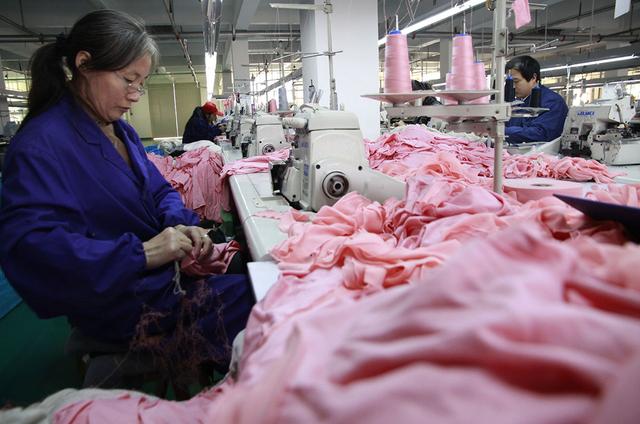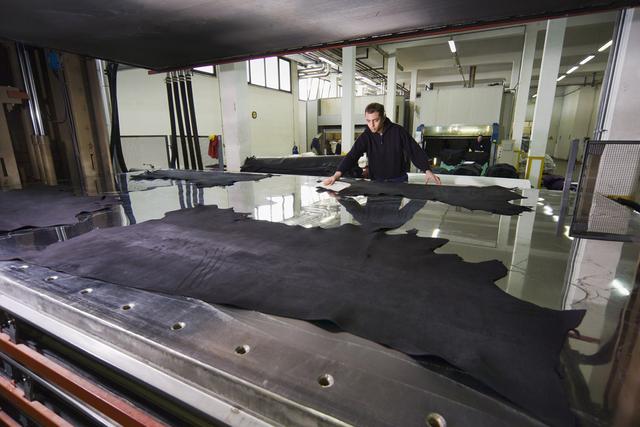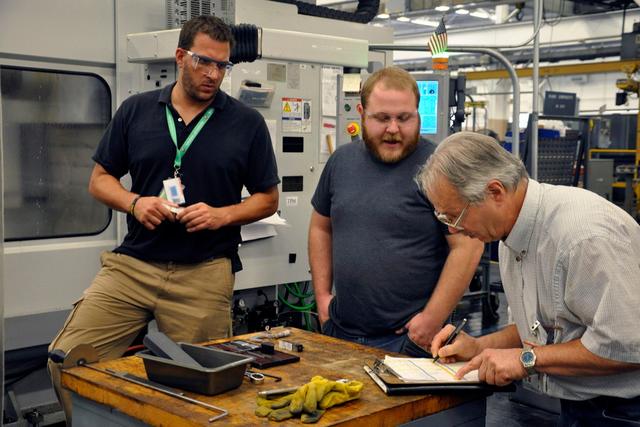Textiles

Overview
The textile industry produces fabrics for everything from clothing and carpeting to parachutes and fire-resistant and bullet-resistant uniforms. Textiles are used in most industries and businesses, including automotive (seat covers, webbing for seat belts), hospitals (disposable surgical masks, gowns, and sheets), furniture manufacturing (upholstery), food and beverage manufacturing (tea bags, coffee filters), and companies that produce general consumer products such as felt-tipped pens, camping gear, and disposable diapers.
The majority of U.S. textile plants are located in the Southeast, with many jobs centered in rural communities in Georgia, North Carolina, and South Carolina. However, careers in textiles and its closely connected subgroup, the apparel industry, can be found across the country. According to the National Council of Textile Organizations, in 2019 the textile industry in the United States directly employed approximately 582,240 workers.
Textile industry employees work in three major categories: research and development, production, and merchandising, with production employing the largest number of workers, who staff factories and manufacture all fabrics and textile products.
In research and development, scientists and technicians create new synthetic materials, test fiber strength, and develop computerized equipment; stylists and fabric designers create fabric designs; and computer-aided design (CAD) and computer-aided manufacturing (CAM) technicians generate diagrams and drawings for textile manufacturing
In production, buyers purchase raw materials to produce fabrics while other workers obtain the machinery needed to weave and produce them. Operating a textile plant calls for workers at every step in the production process, from opening bales of fibers, to cleaning and carding the fibers so the strands lie parallel, to spinning the fibers into yarn, to weaving or knitting the yarn into fabric, to fusing or bonding f...














